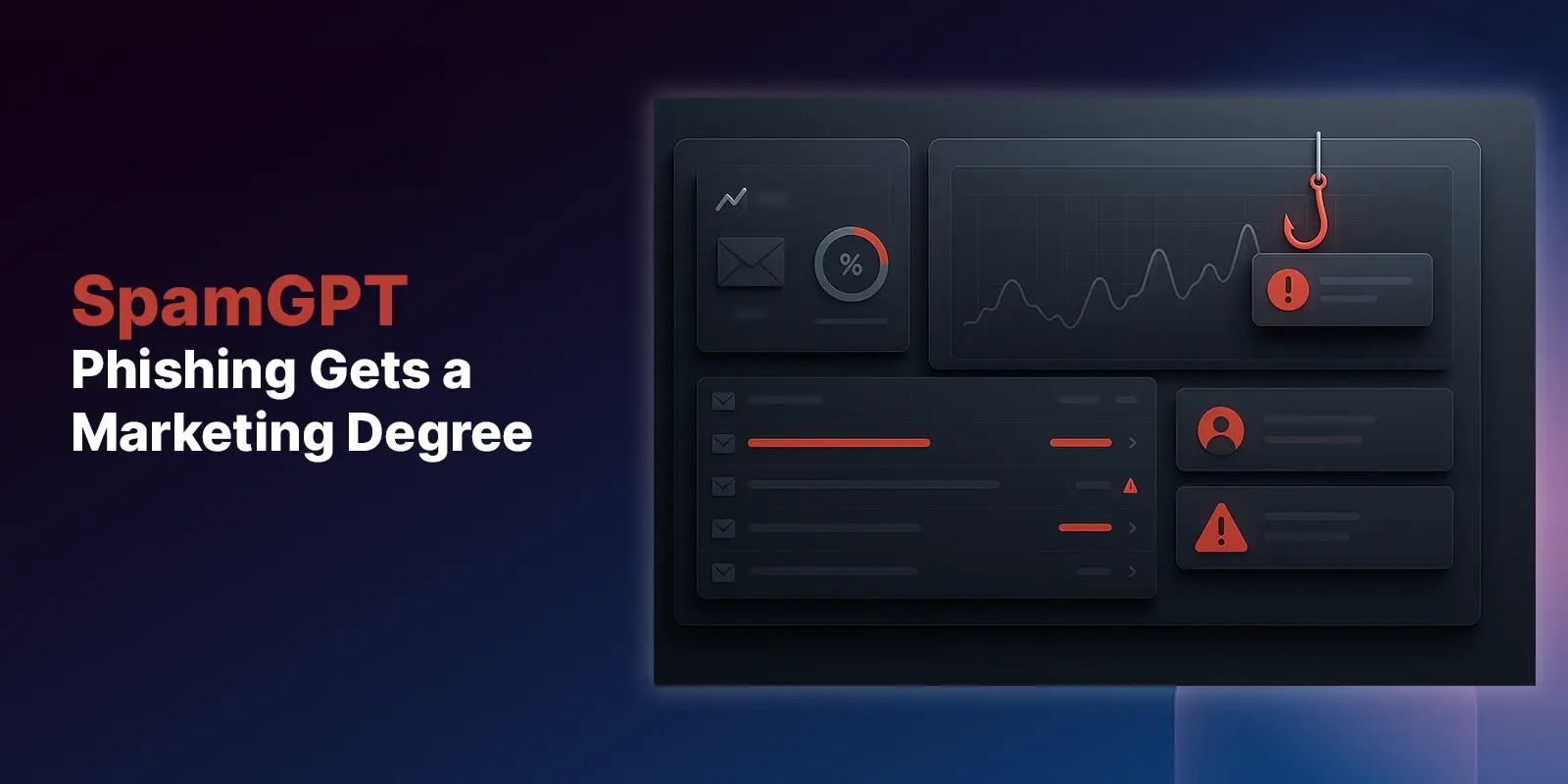Table of Contents
Secure Email Gateways (SEG)s have been a staple in many organizations’ strategies to curb email phishing and spam messages from disrupting business and targeting employees. They’ve become so commonplace that many email clients include their own version of the technology as a free tool. Unfortunately, SEGs have yet to adapt as rapidly as the strategies threat actors use to bypass them-which is a reason why phishing emails continue to be the entry point for data breaches.
This post reveals three ways threat actors expose vulnerabilities in Secure Email Gateways.
How Secure Email Gateways Are Failing Modern Email Security
It’s a Tech-only solution
A fundamental flaw of SEGs is that they assume that the solution to protecting organizations from phishing attacks is through technology alone.
Technology is great. Automation has offloaded repetitive, manual tasks. But these are tools, and sometimes tools fail. And when an outage occurs with the SEG, it can take down your organization's email, halting business and vital communications.
Effective email security requires both technology and training to ensure your users know what to look for in advanced phishing threats and whom to report these threats to without compromising the business, the customers, or the employees.
It Misses Advanced Attacks
Phishing has evolved rapidly over the years. Each new headline brings information on new phishing activities used to deceive recipients and access sensitive data. Unfortunately, many SEGs haven’t kept up with these criminal advancements leaving organizations vulnerable.
Bad actors constantly evolve their tactics to expose vulnerabilities in the SEG, and when they do you must rely on your users to accurately identify and report phishing emails while you write new rules to attempt to protect against the attack in the future. One way that threat actors effortlessly bypass SEGs is by deploying time-detonated URLs in their phishing emails. When sent, these emails seem harmless and include safe links or attachments, so SEGs and legacy email security tools allow these emails to pass through their systems and land in the recipient’s inbox. However, once these seemingly safe emails hit their target, the links and attachments are weaponized. Because SEGs sit at the pre-inbox level, the odds of a successful phishing attack increase once a threat gets through the SEG’s defenses.
It Doesn’t Factor in Individual Human Behavior
Every person has their own unique communication style. This doesn’t change when it comes to email. It’s standard for specific roles to contact other people at the company and request files, funding, and information that will help them get their job done. For this reason, a CEO rarely contacts an entry-level marketer to request gift cards because they are at a conference. Yet, these types of phishing and Account Takeover attempts bypass SEGs.
Modern email security solutions require machine learning tools to understand individuals' social queues to learn who they typically reach out to in their organizations and what types of language they use in their communication.
Whether it's an outage that takes down your organizations email, or an attack vulnerability that requires a complete rip and replace, SEGs aren't enough for protecting your organization against today's advanced phishing threats. Watch this on-demand webinar “Why SEGs Aren’t Enough For Email Security" to learn more.
Explore More Articles
Say goodbye to Phishing, BEC, and QR code attacks. Our Adaptive AI automatically learns and evolves to keep your employees safe from email attacks.

/Concentrix%20Case%20Study.webp?width=568&height=326&name=Concentrix%20Case%20Study.webp)













.webp?width=100&height=100&name=PXL_20220517_081122781%20(1).webp)

.png)
